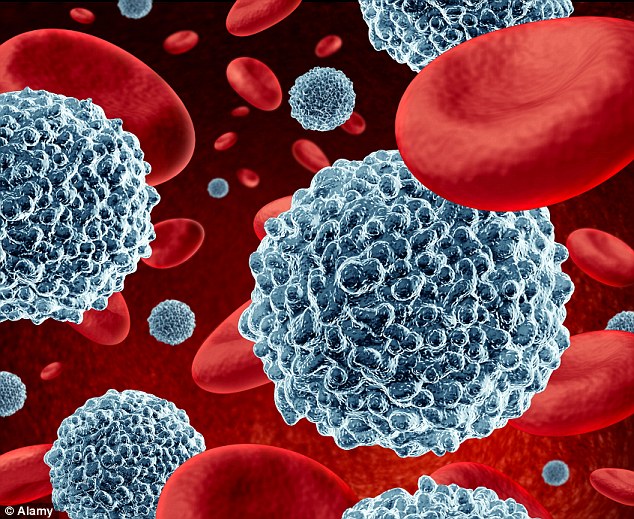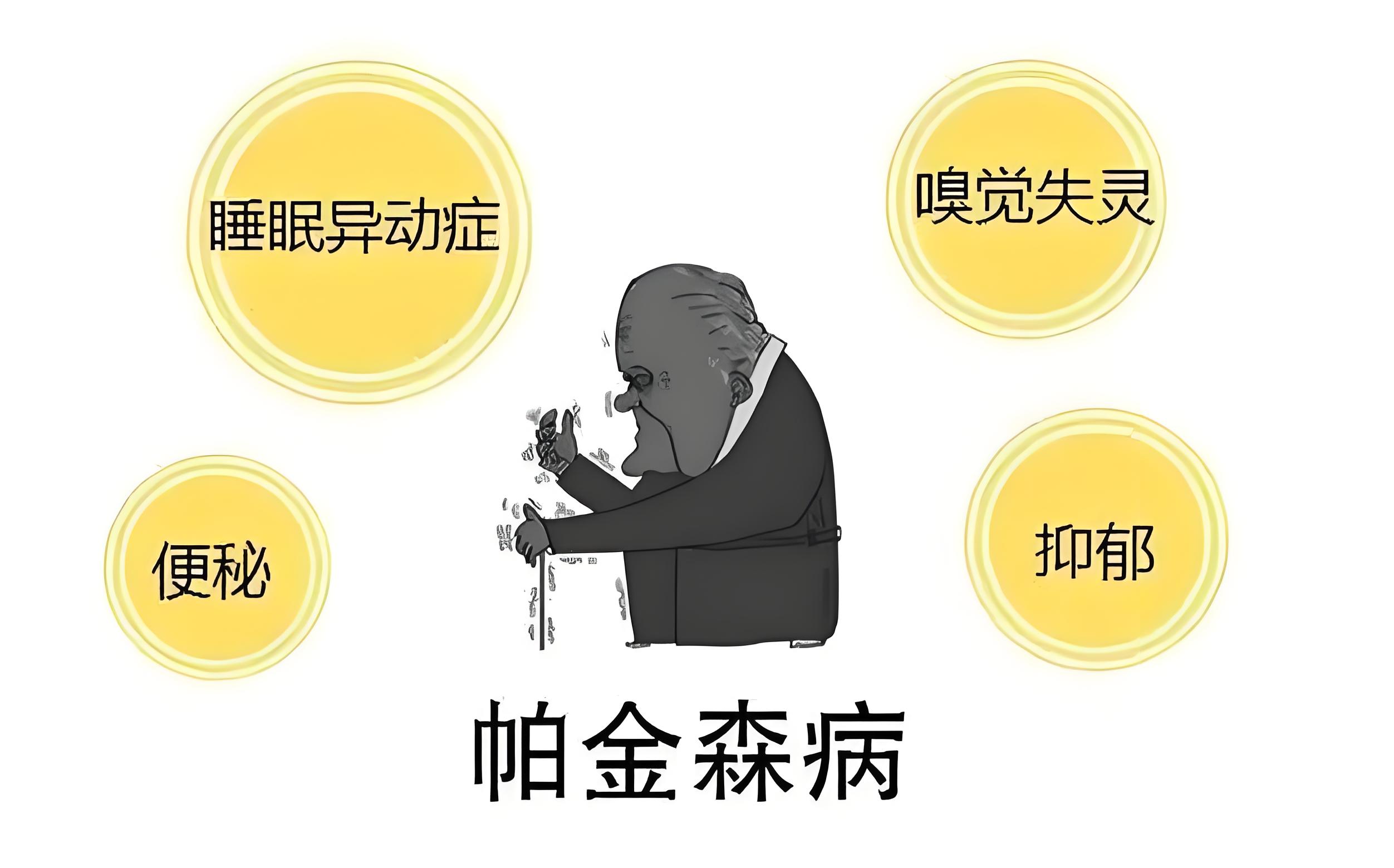 New cancer treatment which supercharges the body’s ability to fight disease is hailed as having an ‘astonishing’ effect – and could be tested on humans in three years
New cancer treatment which supercharges the body’s ability to fight disease is hailed as having an ‘astonishing’ effect – and could be tested on humans in three years英国科学家正在开发一种治疗能显著提高患者抵抗癌症的能力,他们昨晚透露。LED由帝国理工学院的一个研究小组已经申请专利的治疗,他们认为这将在三年内准备进行人体试验。科学家发现一种蛋白质,有助于增强人体免疫系统的十倍,一个惊人的效果,可以帮助病人对抗癌症和病毒。该蛋白促进免疫细胞的生产被称为细胞毒性T细胞,具有检测癌细胞的能力,追捕他们,摧毁他们。
在小鼠中偶然发现的,发现一个以前未知的蛋白质被命名为淋巴细胞扩展分子或莱姆-大幅提升T细胞体的数量。他们正在开发一种基因治疗将促进LEM蛋白质的生产,从而增加可用的攻击癌细胞的T细胞的数量。治疗,发现在国际科学杂志上的最后一个晚上,将利用现有的T细胞从患者的个体。病人的细胞将被删除,与LEM生产基因插入修饰,然后回输到患者通过滴灌,大概四次超过两个月。它也可以用于治疗其他病毒。它的的发展,参与了伦敦大学玛丽皇后学院的研究人员,苏黎世联邦理工大学在瑞士和美国哈佛大学医学院,已经在酝酿六年。
细胞毒性T细胞是免疫系统的重要组成部分,但当面对严重感染或晚期癌症,他们通常无法提供足够大的数量来对抗疾病。通过筛选小鼠的遗传突变,皇家队发现了一株小鼠产生十倍的细胞毒性T细胞在感染病毒,与正常小鼠相比。这一发现是意外因为新蛋白有没有已知的功能,像任何其他已知的蛋白质科学。
但是抑制了小鼠感染更有效、更抗肿瘤。他们也产生了更多的第二种类型的T细胞,记忆细胞,使他们认识到他们以前遇到过和启动一个快速反应的感染。在进一步的实验中,科学家们继续表明,LEM分子对人体免疫系统的一个类似的影响。
研究的领导者菲利普艾什顿rickardt帝国学院教授,说:“癌细胞抑制T细胞活性的方法,帮助他们逃避免疫系统。“基因工程T细胞来增强其抗癌能力已经修改已经存在的一些时间和技术的目标。通过介绍LEM基因活性的版本为癌症患者的T细胞,我们希望能为患者提供一个强大的治疗。“下一步我们将试验小鼠的治疗,确保它是安全的,看它是否可以结合其他疗法。
如果一切顺利的话,我们希望可以进行人体试验在三年左右。”他说基因疗法最初将被用于治疗晚期癌症患者。治疗将是相对昂贵的因为它可以有效的个性化的每一次,依靠病人自己的细胞提取。但他坚持说,成本是可以控制的,它会带来显著的好处。
帝国学院已经申请了两项专利的技术,和一个分拆公司称immunart已形成以商业化的治疗目标。迈克特纳博士的威康信托基金会,资助这一研究,说:”一种蛋白质,可以提高不仅对肿瘤的免疫反应的发现,但也有病毒,是一个迷人的人。在动物模型的进一步研究是人体试验之前,可以开始,但有一个新的治疗方式,利用免疫系统的先天能力,发现并杀死异常细胞的潜力。”
原文
New cancer treatment which supercharges the body’s ability to fight disease is hailed as having an ‘astonishing’ effect – and could be tested on humans in three years
British scientists are developing a treatment which could significantly boost patients’ ability to fight off cancer, they revealed last night.
A team led by Imperial College London has already applied to patent the therapy, which they say could be ready for human trials within three years.
The scientists discovered a protein which helps boost the body’s immune system ten-fold, an astonishing effect which could help patients fight off cancers and viruses.
The protein promotes the production of immune cells called cytotoxic T-cells, which have the ability to detect cancerous cells, hunt them down, and destroy them.
In a chance discovery in mice, it was found that a previously unknown protein - which they named the lymphocyte expansion molecule or LEM - dramatically boosted the body’s number of T-cells.They are now developing a gene therapy that would boost the production of LEM proteins, in turn increasing the number of T-cells available to attack cancer cells.The therapy, revealed in the international journal Science last night, would use the existing T-cells taken from individual patients.
The patient’s cells would be removed, modified with the insertion of LEM-producing genes, and then infused back into the patients via a drip, probably on four occasions over two months.It might also be used to treat other viruses, they said.
The development, which also involved researchers from Queen Mary University of London, ETH Zurich in Switzerland and Harvard Medical School in the US, has already been six years in the making.
Cytotoxic T-cells are an important component of the immune system, but when faced with serious infections or advanced cancer, they are usually unable to mobilise in large enough quantities to fight the disease.By screening mice with genetic mutations, the Imperial team discovered a strain of mice that produced ten times as many cytotoxic T-cells when infected with a virus, compared with normal mice.The discovery was unexpected because the new protein had no known function and resembles no other protein known to science.
But the mice suppressed infections more effectively and were far more resistant to cancer.They also produced more of a second type of T-cells, memory cells, enabling them to recognise infections they have encountered previously and launch a rapid response.
In further experiments the scientists went on to show that the LEM molecule had a similar impact on the human immune system.Study leader Professor Philip Ashton-Rickardt of Imperial College, said: ‘Cancer cells have ways to suppress T-cell activity, helping them to escape the immune system.‘Genetically engineering T cells to augment their ability to fight cancer has been a goal for some time and techniques for modifying them already exist.‘By introducing an active version of the LEM gene into the T-cells of cancer patients, we hope we can provide a robust treatment for patients.‘Next we will test the therapy in mice, make sure it is safe and see if it can be combined with other therapies.
‘If all goes well, we hope to be ready to carry out human trials in about three years.’He said gene therapy would initially be used to treat patients with advanced cancer.The treatment would be relatively expensive because it would effectively be personalised each time, relying on an extraction of the patient’s own cells. But he insisted the cost would be manageable, given the significant benefits it could bring.Imperial College has already filed two patents for the technology, and a spin-off company called ImmunarT has been formed with the aim of commercialising the therapy.
Dr Mike Turner of the Wellcome Trust, which helped fund the research, said: ‘The discovery of a protein that could boost the immune response to not only cancer, but also to viruses, is a fascinating one.‘Further investigation in animal models is needed before human trials can commence, but there is potential for a new type of treatment that capitalises on the immune system’s innate ability to detect and kill abnormal cells.’



